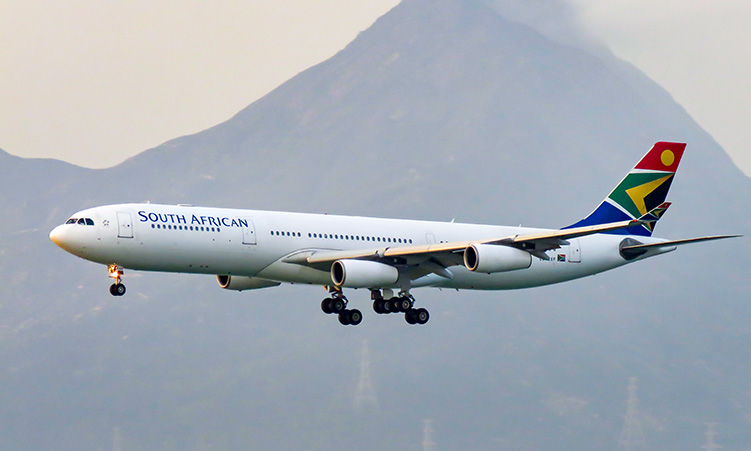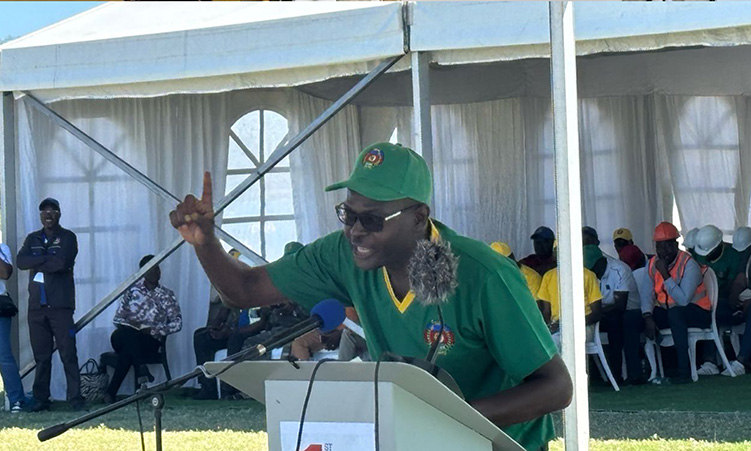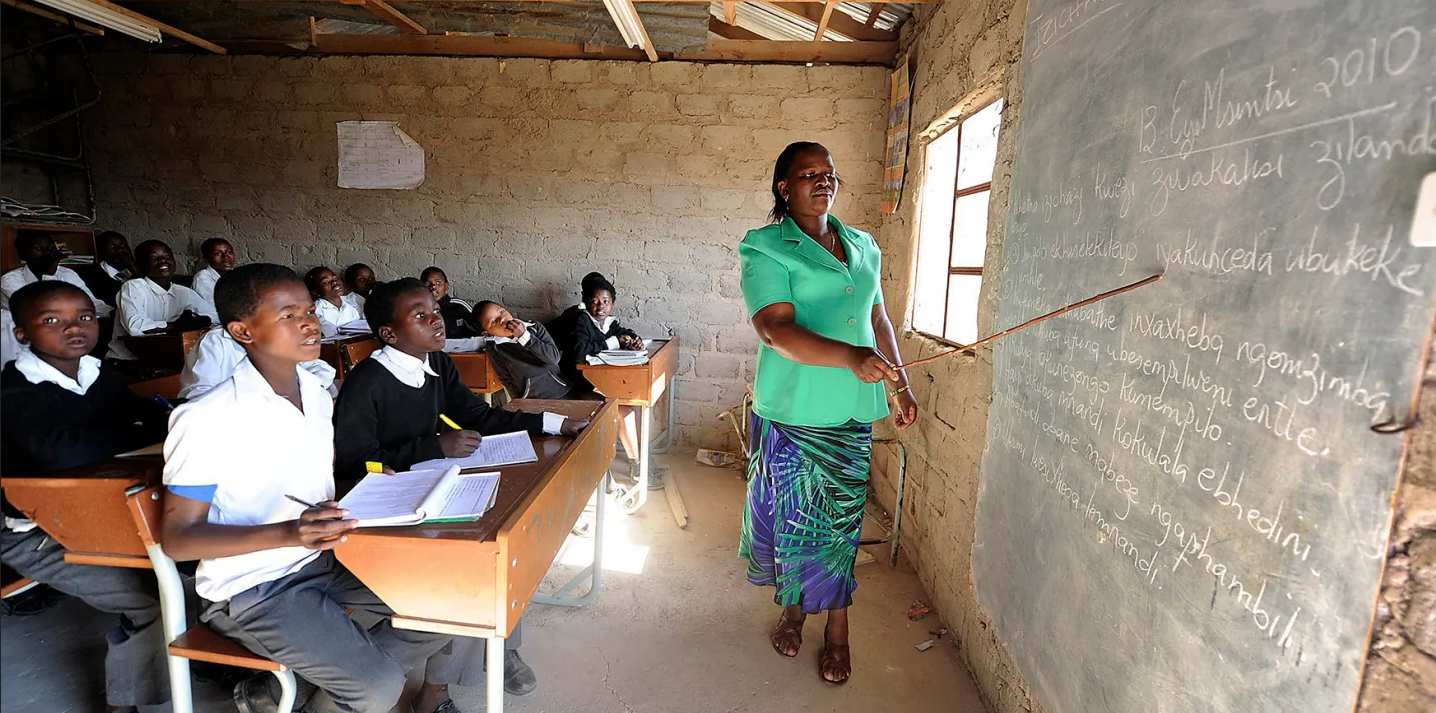A LOCAL expert in monuments and Namibian history has cautioned against Government’s decision to relocate the equestrian monument or ‘Reiterdenkmal’ opposite Windhoek’s Christuskirche.
Dr Andreas Vogt said such a move would make a mockery of conservation ethics, the statue could be damaged, and despite its ideological burden and in the context of the shared colonial history of Africans and Europeans, it is part of German history and African history alike. Dr Vogt worked for the National Monuments Council, now known as the National Heritage Council, for 12 years until 2001.”The envisaged relocation constitutes a substantial disturbance of an invaluable ensemble of historical buildings and monuments, which should not be made without most careful and thorough professional impact assessments,” he said.The decision to move the monument was made in 2001 unilaterally by Cabinet, without Parliamentary debate or proper investigation by a team of conservation professionals convened by the National Heritage Council of Namibia, according to Vogt.The relocation of the monument regardless of the opinion of different groups and members of the public would boil down to an infringement on cultural rights and unnecessary stirring of sentiments, Vogt argues in an analysis, which is published in full on The Namibian ‘s website (www.namibian.com.na ).Relocating the monument was neither investigated by local or international experts, nor was the Namibian population asked about its opinion in this serious matter, according to the expert.”The utilisation of the site of the ‘Reiterdenkmal’ for a liberation museum is insensitive, ill-advised and uncalled for,” Vogts stated.”A cultural landscape that has been handed down by previous generations lives by its diversity and historical growth, a brutal intrusion is a barbaric act notwithstanding the motives behind such a move.”It mocks conservation ethics and can be compared to the burning of books, the demolition of sacred buildings, the vandalising and desecration of cemeteries and graves and the rape of humans.”Read the full analysis at www.namibian.com.na.Dr Vogt worked for the National Monuments Council, now known as the National Heritage Council, for 12 years until 2001.”The envisaged relocation constitutes a substantial disturbance of an invaluable ensemble of historical buildings and monuments, which should not be made without most careful and thorough professional impact assessments,” he said.The decision to move the monument was made in 2001 unilaterally by Cabinet, without Parliamentary debate or proper investigation by a team of conservation professionals convened by the National Heritage Council of Namibia, according to Vogt.The relocation of the monument regardless of the opinion of different groups and members of the public would boil down to an infringement on cultural rights and unnecessary stirring of sentiments, Vogt argues in an analysis, which is published in full on The Namibian ‘s website (www.namibian.com.na ).Relocating the monument was neither investigated by local or international experts, nor was the Namibian population asked about its opinion in this serious matter, according to the expert.”The utilisation of the site of the ‘Reiterdenkmal’ for a liberation museum is insensitive, ill-advised and uncalled for,” Vogts stated.”A cultural landscape that has been handed down by previous generations lives by its diversity and historical growth, a brutal intrusion is a barbaric act notwithstanding the motives behind such a move.”It mocks conservation ethics and can be compared to the burning of books, the demolition of sacred buildings, the vandalising and desecration of cemeteries and graves and the rape of humans.”Read the full analysis at www.namibian.com.na.
Stay informed with The Namibian – your source for credible journalism. Get in-depth reporting and opinions for
only N$85 a month. Invest in journalism, invest in democracy –
Subscribe Now!










